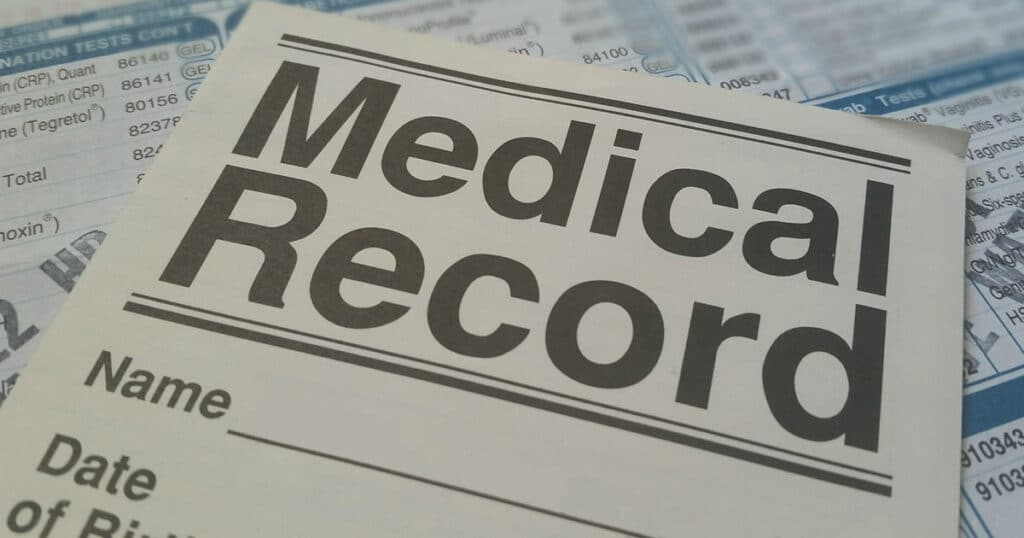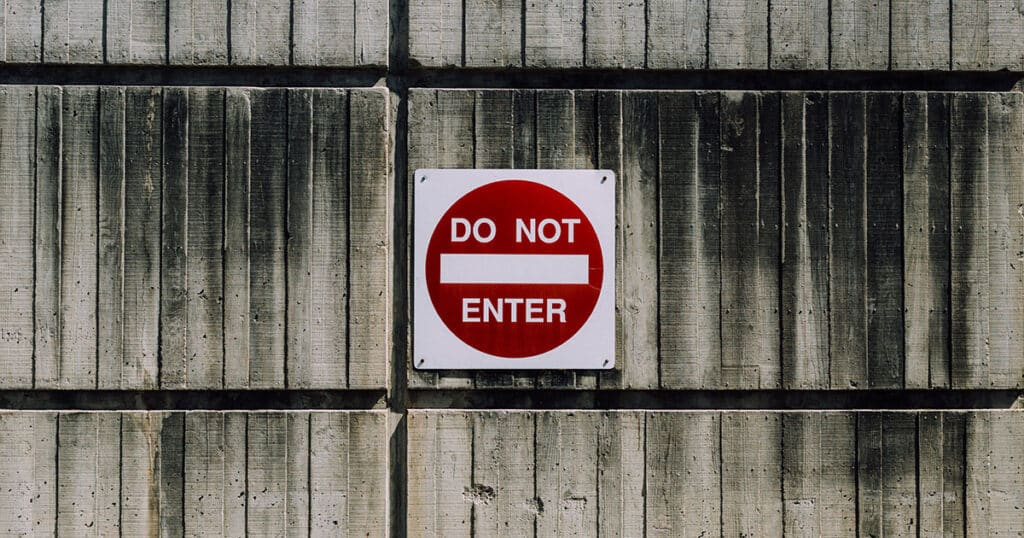How Social Security Decides Disability by “The Grids”
Home » Applying for SSDI » How Social Security Decides Disability by “The Grids”
Social Security decides whether you are disabled using a five-step process called the Sequential Evaluation Process. The fifth step is focused on whether or not an applicant, while perhaps not able to do their old occupation, still could be able to do a different kind of job that exists in our national economy.
This is a complex process, but a part of it involves a tool called the Medical Vocational Guidelines, also called “The Grids”, which helps guide the SSA in determining disability.
When an applicant’s conditions don’t meet or equal a medical impairment listing and/or the applicant is found to not be able to do “past relevant work,” Social Security will then use the “The Grids”, to help determine disability.
The Grids Help Simplify A Complex Analysis
Using the grids requires Social Security to determine the physical capabilities of the applicant, despite his or her conditions, and cross reference those abilities with the applicant’s age, education and ability to do past relevant work.
Residual Functional Capacity (RFC)
The first step in using the grids to determine the level of work an applicant can currently perform. The level of work is called a residual functional capacity (RFC). There are 5 RFCs:
- Sedentary Work;
- Light Work;
- Medium Work;
- Heavy Work; and
- Very Heavy Work.
An applicant, however, can only be found disabled using the grids if he or she has a sedentary, light or medium RFC. How an RFC is used can be found here.
Age
Social security recognizes that the older an individual is, the more difficult it may be for an individual to adjust to new work. There are three age groups:
- 18-49 years old = “younger individual”
- 50-54 years old = “approaching advanced age”
- 55 and older = “advanced age”
Education
The amount of education is important in determining disability. Social Security finds that the more education an applicant completed, the easier it is for the applicant to find new work.
Previous Work
Depending on the past work of an applicant, he or she may have acquired skills helpful to finding new work. Social Security will classify the skill level of an applicant’s past work and determine if the past work provided any skills that can be transferred to other work.
A Finding of “Disabled” by the Grids
The chart below shows all the ways in which an applicant can be found disabled by Social Security using the grids:

The complete grids can be found here.
Since 2010, Citizens Disability has been America’s premier Social Security Disability advocate. Our mission is to give a voice to the millions of Americans who are disabled and unable to work, helping them receive the Social Security Disability benefits to which they may be entitled. We have helped tens of thousands of individuals with their SSDI claims. Your success is our mission.
It is easy to get started.
It is easy to get started. No upfront costs – You only pay if we win!
Oops! We could not locate your form.









